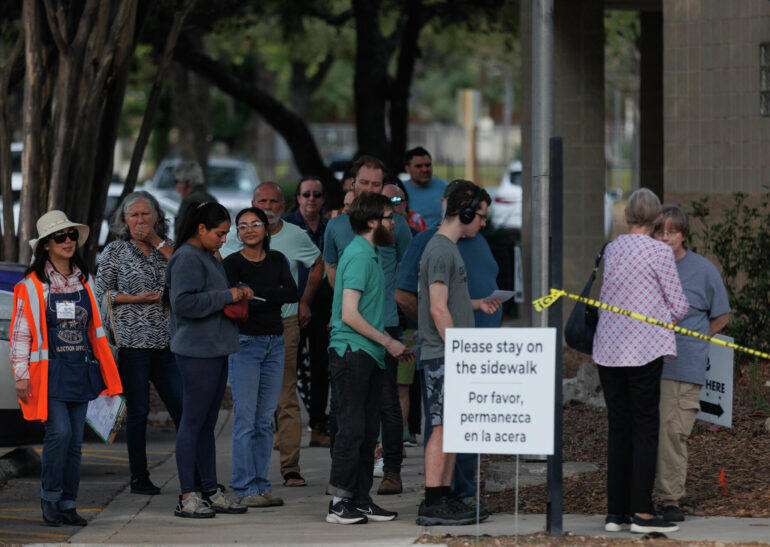There’s a certain allure to the notion that some of the world’s brightest stars burn out at the age of 27. The so-called 27 Club has captivated the public imagination for half a century. Its members include legendary musicians Jimi Hendrix, Janis Joplin, Jim Morrison, Kurt Cobain and Amy Winehouse. The idea is as seductive as it is tragic: a convergence of talent, fame and untimely death at a singular age.
But is there any truth to this phenomenon, or is it merely a story we tell ourselves and each other about fame and youth?
In our newly published research, my colleague Patrick Kaminski and I explore why the 27 Club persists in culture. We didn’t set out to debunk the myth. After all, there is no reason to think that 27 is an especially dangerous age beyond superstition.
Rather, we wanted to explore the 27 Club to understand how such a myth gains traction and affects people’s perception of reality.
Is the 27 Club real?
The origin of the 27 Club dates back to the early 1970s, following the deaths of Brian Jones, Jimi Hendrix, Janis Joplin and Jim Morrison – all at age 27, within a span of two years.
This uncanny coincidence left its mark on collective memory. It wasn’t just their age. It was the common thread of musical genius, countercultural influence and the tragic allure of lives cut short by a cocktail of fame, drug use and the struggle of being human. The narrative is not just compelling but almost mystical in its synchronicity.

The narrative of the tortured artist is darkly alluring.
shaun/E+ via Getty Images
Analyzing data from 344,156 notable deceased individuals listed on Wikipedia, we found that while there’s no increased risk of dying at 27, those who do die at that age receive significantly more public attention. Using Wikipedia page views as a proxy for fame, our study revealed that the legacies of these 27-year-olds are amplified, garnering more visibility than those who die at adjacent ages.
This increased visibility has a strange effect: People are more likely to encounter those who died at 27 than other young ages, even if they are not aware of the myth. This in turn creates the appearance of greater risk of mortality at 27. The myth of the 27 Club is a self-fulfilling prophecy: It became “real” because we believed it.
Why is the 27 Club a thing?
We believe this phenomenon can be understood through three interrelated concepts: path dependence, stigmergy and memetic reification.
Path dependence refers to how random events can set a precedent that influences future outcomes. The initial cluster of high-profile deaths at age 27 was statistically improbable – we estimate that one in 100,000 timelines would have four such famous deaths at age 27 – but it established a narrative pathway that has persisted and shaped collective reality.
Stigmergy describes how traces of an event or action left in the environment can indirectly coordinate future events…



